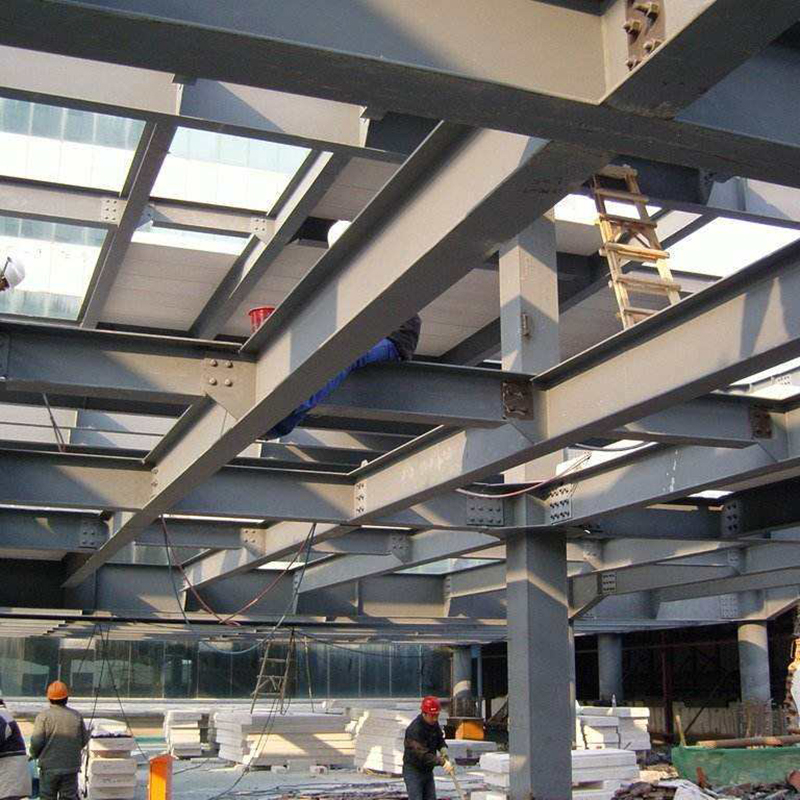There are many advantages of steel structure, such as light weight, less material, low cost, short construction period, large span, safe and reliable, beautiful shape, stable structure, etc.The building must be stable and reliable, so the stability of steel structure is very important. Let’s learn about the stability of steel structure?
The stability of Guiyang steel structure can be divided into two situations: the overall stability of the structure and the stability of the members themselves.
In the longitudinal direction of the structure, the overall stability of the structure mainly depends on the support system of the structure, such as the support between columns of steel columns, the horizontal support and vertical support of the upper and lower chords of steel roof truss, etc.In the calculation, it is mainly considered that the support system can reliably transfer the longitudinal horizontal load of the structure (wind load, seismic load, crane load of the plant, etc.).In the transverse direction of the structure, it mainly depends on the rigidity of the structure itself (frame or bent frame). In the calculation, it is mainly considered that the structure itself can reliably transfer the horizontal load of the structure.
The stability of the component itself is mainly guaranteed by the stiffness of its components.During the calculation, it is necessary to ensure that the member itself and its components (members or plates) do not buckle under the load and lose stability (this situation mainly occurs on the compression or bending members).In practical calculation, the stability coefficient is generally used to limit the design strength of steel.The stress in the component shall not be greater than the design strength of the steel multiplied by the stability factor.Such a formula can be seen in the calculation formula of compression and bending of steel structure.
The stability coefficient is mainly related to the slenderness ratio (member) or the height thickness ratio (plate). If the slenderness ratio and the height thickness ratio are controlled, the stability of the member will be controlled.
Therefore, the stability factor of the component itself is mainly the calculated length and section characteristics of the component, including in-plane and out of plane directions.Of course, the strength and stress of the material should also be included.
Post time: Jun-15-2020

